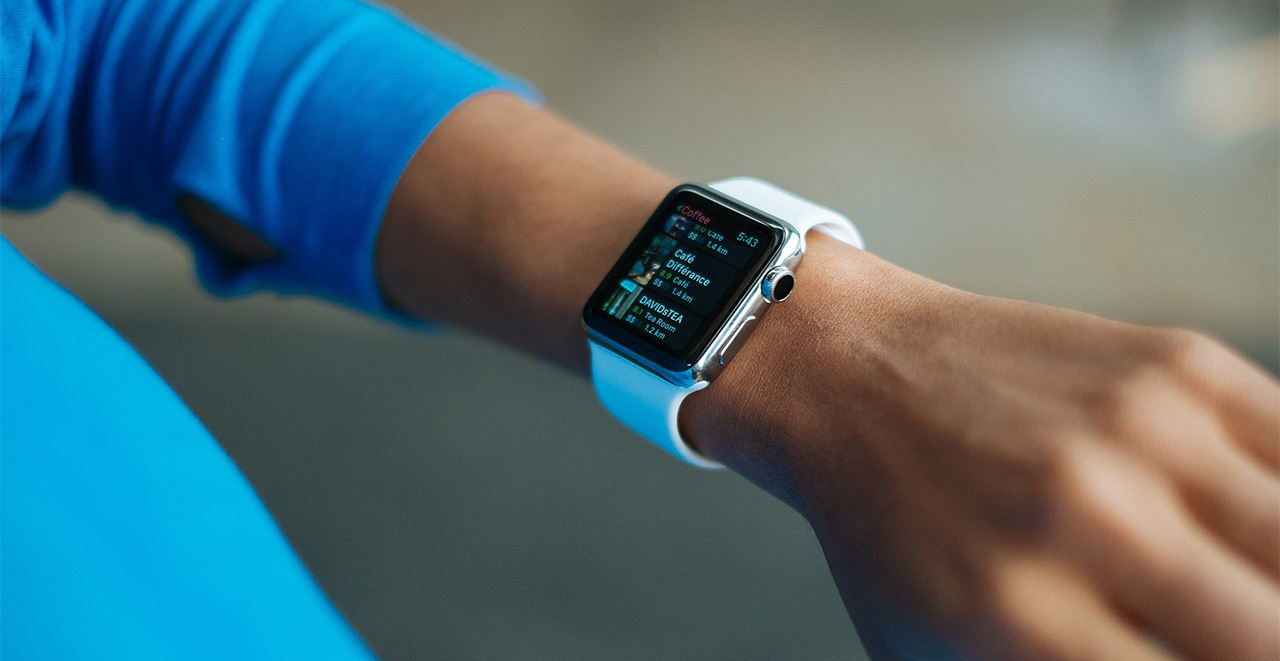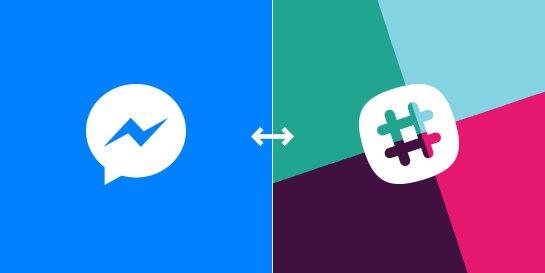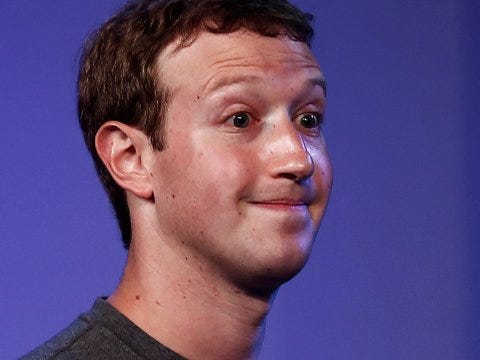
The consumer facing Internet has always been where online innovation first happens. The Consumer Internet, as I’ll call it here, is where experiments are conducted. It’s where trends are born. Sometimes these trends move into the enterprise world (like cloud computing), sometimes they become a part of mainstream media (like blogs) and sometimes they change the world (like Facebook). It all starts on the Consumer Internet. Which is why it’s been my main focus as an Internet analyst — and now angel investor — from the time I founded ReadWrite in 2003.
So what have been the big trends on the Consumer Internet in 2015? In this post, I’ll pick out five trends that I was most struck by. Even though I’ve numbered each trend, they are in no particular order. I look forward to hearing your thoughts as comments or tweets.
1. Messaging Apps

Image credit: Sameroom
Last year Facebook separated its Messenger app from the main Facebook app. It proved to be another inspired decision by Mark Zuckerberg and his team, because Messenger now has 700 million monthly active users (MAU). Facebook also owns WhatsApp, which has 900 million MAU. By comparison, Snapchat — popular with the younger demographic — has 100 million. Messaging apps across the world, notably China’s WeChat, also have hundreds of millions of users. WeChat and other overseas apps are typically more sophisticated than their Western equivalents, so we can expect Facebook, SnapChat and others to enhance their functionality in 2016.
Mary Meeker’s mid-year Internet Trends report had a nice graphic summarising the appeal of messaging apps circa 2015:

If Facebook rules the consumer world of messaging apps, Slack is the poster child for group messaging. While Slack is a business app, it clearly takes its inspiration from the consumer world. It has 480,000 users after less than two years, much of that through word of mouth. That figure pales in comparison to Facebook, but Slack is still a young product and is growing at 10% per month.
2. Wearables Go Mainstream, But Don’t Go Big

Image credit: PC Advisor
2015 was the year that wearable technology hit the mainstream, exemplified by one product type in particular: smart watches. The Apple Watch was released to predictable hype in April. It has sold well, but it received mixed reviews and there are doubts about its app ecosystem.
Fitbit was the subject of a chapter in my book Health Trackers (released at the end of 2014). I’ve been impressed by Fitbit’s growth into a market leader in the wearable market over 2015, as evidenced by a fairly well-performing IPO in June. While its stock price has slipped back from a high of just over $50 — it’s around $30 now — it’s still above the IPO price of $20.
Overall, the wearable market has made gains into the mainstream this year. But with the slight disappointment of Apple Watch and no other breakthrough wearable products launching this year, it hasn’t quite hit the heights expected.
3. Facebook Facebook Facebook

Image credit: Adnan Abidi/Reuters; via Business Insider
In 2015 we saw social media get ever more powerful…and louder. In particular, it’s been another phenomenal year for Facebook. In the month of September, Facebook had 1.01 billion daily active users on average. That’s a billion users every single day. The MAU was 1.55 billion for September. Its advertising revenue, particularly from mobile, continues to soar.
Facebook’s incredible growth in users has a dark side. It’s led to the disturbing social trend of outrage culture. For example the public shaming of people on Facebook, PC police telling everyone what to think, cyber-bullying among youth, and the ability of outspoken celebrities like Donald Trump to dominate public discourse. All of this gives me cause for concern going forward. In 2016, I’m hoping we see a shift away from groupthink and back to thinking for yourself.
4. On-Demand on Main Street

One of the most talked about Internet companies this year was Uber, the mobile app that connects you to a driver when you need a ride. It’s come to represent the “on-demand” economy that we now live in, where seemingly everything is available to you at the click of your fingers — or should I say the swipe of your finger. Uber (rides), Airbnb (accommodation), Instacart (groceries), GrubHub (restaurant food), GoButler (servant), StyleBee (“blowouts and makeup”) — the list goes on.
This is of course an extension of the trend for on-demand online media: Netflix (movies and tv), Spotify (music), Kindle (books), Overcast (podcasts), and so on. So it’s not a new trend, but 2015 was when on-demand took to the streets.
5. Virtual Reality Edges Closer To Reality

Image credit: Qiibo.com
Historically, Virtual Reality (VR) has always been high on hype. 2015 was no different… except that it was different, because real VR products are now just around the corner. Several big-name VR headsets are set to launch by the middle of 2016: Oculus Rift (owned by Facebook), PlayStation VR and HTC Vive. Throughout 2015, we were teased with developer editions and images of what VR is going to be like once it hits the mainstream next year. Gaming will be the main battleground, but the potential is wide.
One VR product that did make a real world impact in 2015 was Google Cardboard, a cheap fold-out cardboard box that pairs with your smartphone. Over 2015, an intriguing group of third-party apps were developed for Google Cardboard.
There you have it, my top 5 Consumer Internet trends of 2015. Let me know on Twitter (@ricmac) or in a comment what trends you identified this year.
Top image credit: mdk.io
